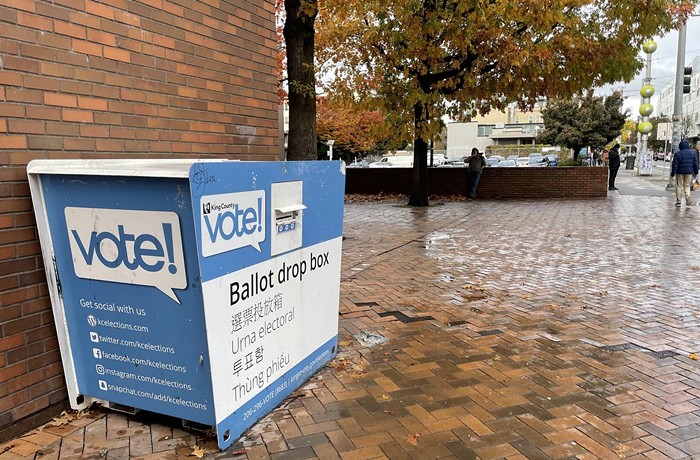
Normally, it takes the Washington Department of Health up to 18 months to process and release final death data. During the COVID-19 outbreak that had to change.
Now, according to Katie Hutchinson, health statistics manager at the Washington DOH, the DOH is "releasing death information within one day of being aware and notified of a death."
There are inaccuracies, however.
"We do understand there are some issues," Hutchinson said. "We don’t always know the cause of death for a death when it's first reported on the dashboard." That's because, ultimately, what's being reported is preliminary information.
Currently, there are some deaths in the current state death count (which stands at 1,037 at the time of this writing) that DOH officials believe are inaccurate. That includes around four deaths that were from gunshot wounds. There are another 20 to 30 deaths that don't have COVID-19 listed on the death certificate but "are harder to rule out" because they list other "conditions that COVID could be involved in or hasten a death" like Alzheimer's, stroke, or renal failure, Hutchinson said. The DOH is reviewing those.
Because of the speed that DOH is reporting and processing deaths there's "a variation in the accuracy of it," Hutchinson said. That variation—which she has pegged as a 3 percent variance and "really quite excellent considering how death certificates are classified"— goes down as time wears on and the DOH accrues more data.
A lot of the time, it's incredibly hard to identify how a person died. That's part of the reason the normal death-identifying process can take over a year.
"Currently, we are reporting only deaths that are identified to a COVID positive case," Hutchinson said. That's tricky, especially when you consider what a mess COVID-19 testing still is in the United States.
Early on in the outbreak, this was a particular issue with death reporting since deaths may have been listed as due to pneumonia or some other certifier of COVID-19 but no one suspected that the patient would have had the virus, Hutchinson explained. "There are no ways of identifying deaths that could be COVID-19 related but didn’t have a test or were not suspected to be a COVID-19 case," she said.
There are 3,000 deaths that DOH has flagged that could be COVID-19 deaths. The cases date back to Jan. 1 2020. But, those deaths aren't factored into the official death count since none of them can be linked back to a positive COVID-19 case and COVID-19 is not listed on the death certificates. However, they are "similar to COVID-19," Hutchinson said. "It is possible that some of these could be COVID deaths."
"It’s going to be extremely hard to figure out if any of these were COVID-related," Hutchinson said. "We’re trying to work on that."



















